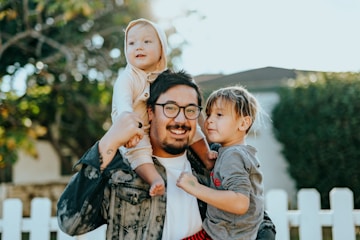Practical Communication Steps for Family Connection
This past Friday, the Clubhouse social media event that I was moderating called, Healthy Family Connections, included over 75 women discussing how to keep connection during hard conversations. Three key ideas were talked about that are consistent with research findings.
- It is important to hear and listen to your child, friend, or significant other’s feelings. When we say “You are fine” it is saying that what they are feeling does not matter. This can be hurtful to children or adults that are telling you how they truly feel. It is hard for parents and friends to hear something about what they said or did that may have been hurtful. Sometimes, just say how they felt and ask them to share more about why they felt that way. This open-ended question can lead to deeper conversation.
- Just listen without a response. Often, we just need someone next to us when we are sharing hard feelings. It can be that the child, teen, friend, or family member just wants to share how they are feeling. This is much better than having them bottle up their emotions. Listening to the other person gives them space to share. When on Clubhouse, I shared that one time a friend was grieving the loss of her mother. I called her and sat on the phone in silence for a minute after saying I was sorry. She said thank you for calling as many people avoided calling her altogether. For her, it was important to be on the phone with her since we were 2,000 miles away from each other. Just my presence on the phone without words was meaningful. This can be the same in person with a child, teen, friend, or family member. Sometimes, we just need someone next to us as we grieve or process a situation.
- Be a safe person. It is so important to be a safe person for the child, teen, friend, or family member. What does that mean? Think of yourself. Who do you share information with when you have big emotions? What do they say or do that makes them safe? Write it down. This is how you want to be when talking to other people. Often, it may look a little different as each person may feel safe in different ways. One thing was clear in our clubhouse conversation-being present and listening to the other person opened the door for conversation. We want our children to come to us even when feelings or conversations may be painful to hear or discuss. it is better to be there for others rather than giving advice the right way. Giving advice immediately may shut down the conversation. It is important to ask the other person, “Do you want advice?” rather than providing it without asking. Every relationship differs but safety is very important.


